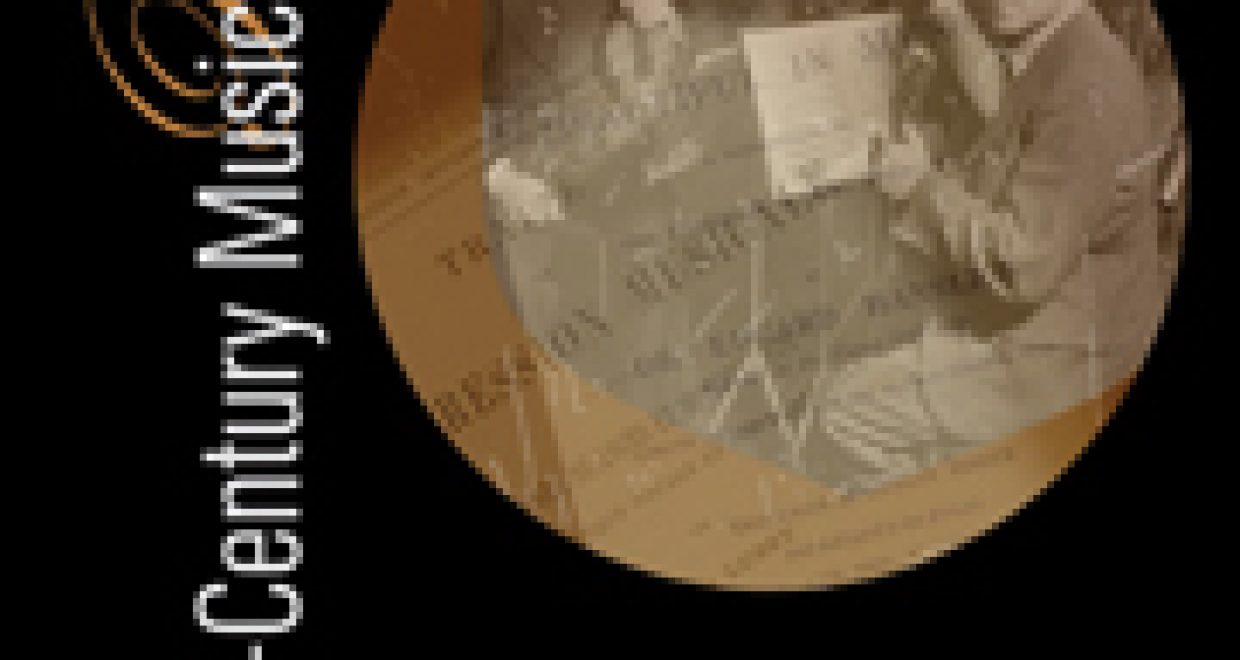Nineteenth-Century Music Review Special Issue – the guest Editor’s perspective
The latest issue of Nineteenth-Century Music Review (NCMR) looks at Theoretical and Critical Contexts in Nineteenth-Century Performance Practice. Guest Editor Mine Doğantan-Dack explains the significance of this special issue and the inspiration behind the cover image.
The origins of this special issue go back to a conference I organised with Bennett Zon, the General Editor of Nineteenth-Century Music Review and director of the Centre for Nineteenth-Century Music at the University of Durham.
The conference was called Performing Romantic Music: Theory and Practice, and while I greatly enjoyed the event, I was struck by the emphasis given to practical concerns over theoretical ones in exploring Romantic performance practices. Indeed, my own presentation at the conference was shaped entirely around practice.
Given that the large majority of the existing literature on nineteenth-century performance deals with practical issues, I saw the need for a special journal issue devoted specifically to theoretical and critical contexts surrounding nineteenth-century performance practices.
As guest Editor for this special issue, I particularly enjoyed working with authors who are also performers. While the concerns surrounding the integration of the performer’s voice and discourse into the discipline of musicology continues to present a major challenge, the contributions in this special issue highlight the importance of personal insights derived from practical experience in illuminating theoretical, critical and philosophical issues surrounding music performance.
I’m particularly thrilled by the rich correspondence between the content of the articles and the cover image. It is a collage that consists of the cover of Eduard Hanslick’s famous text The Beautiful in Music, the cover of Lussy’s Traité de l’expression musicale, the manuscript of Beethoven’s Fifth Symphony, and a photo of the Busch Quartet from ca. 1932.
Each of the articles is connected to these images in some way.
Hanslick’s text is discussed in detail in my article and in Peter Johnson’s contribution; Mary Hunter writes about the genre of the string quartet; and Peter Johnson discusses a recording by a famous string quartet from the first half of the twentieth-century, the Busch Quartet. Finally, David Milsom considers the theory and practice of violin performance. Adolf Busch’s reputation as a great violinist and chamber musician makes his presence on the cover, staring back at the reader from the depths of history, particularly appropriate.
I would like to thank the General Editor of NCMR, Bennett Zon, and my invited contributors for their support in making this special issue possible.
I hope that the readers will enjoy reading these four articles as much as I enjoyed working on them as the editor of this special issue.
Access this special issue of NCMR here.






